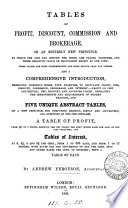 | Andrew Ferguson - 1856 - 230 pages
...fourth, which must bear the same proportion to the third as the second does to the first. Rule. — Multiply the second and third terms together, and divide by the first : the quotient will be the fourth term or answer, in the same name as the second term. Ry the gain or toss per cent.... | |
 | James Cornwell - 1858 - 158 pages
...the *econd place. -- Reduce £1 11s. and £26 10s. to 4X26-5 the same name. —— — = 68-38 yds. Multiply the second and third terms together, and divide by the first. Note. — Wheji no lower sums than sixpence are mentioned in the question, it generally saves trouble... | |
 | William E. Bell - Bridges - 1859 - 226 pages
...diagonal width to diagonal width ; or, 16 : 12 : : 41 9.7 to the answer =31 ft. 4.27 in., Thus: We multiply the second and third terms together, and divide by the first: 41 ft. 9.7 in. 12 492 9.7 16)501.7(31.356 feet and decimals of a foot, which we reduce to 48 feet and... | |
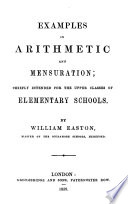 | William Easton (of Hereford.) - 1859 - 110 pages
...9 ac. 3 r. 30 per. •+- 3 J. PROPORTION OF FRACTIONS. Rule. State and reduce as in whole numbers. Multiply the second and third terms together, and divide by the first, or multiply the second and third terms and the reciprocal of the first term together. Ex. 1. If | lb.... | |
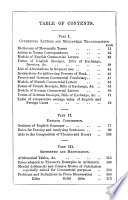 | Alfred Newsom Niblett - 1861 - 204 pages
...result will always be in the same denomination as that to which you have reduced the third term. 4. Multiply the second and third terms together, and divide by the first. 6. The mark " (in to) is placed between the first and second terms, ". ' (so is) between tfie second... | |
 | Walter McLeod - Arithmetic - 1863 - 154 pages
...long time over 'more requiring more and less requiring less,' — " will you tell me why I sometimes multiply the second and third terms together and divide by the first — and at other times multiply the first and second together and divide by the third ?" " Why, because... | |
 | Francis Walkingame - 1865 - 222 pages
...the answer be less, put the less of the other two terms in the second place. Having stated the sum, multiply the second and third terms together, and divide by the first term ; the quotient will be the answer. EXAMPLE 1. (Direct).— If 2 acres cost £120, what will be... | |
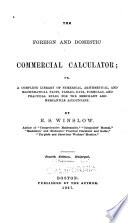 | Ezra S. Winslow - Business mathematics - 1867 - 232 pages
...to which it relates. there are any factors pertaining to the fourth term, affix them to the first ; multiply the second and third terms together' and divide by the first, and the quotient is the answer, term, or portion of a term, sought. EXAMPLE. — If 12 horses in 6... | |
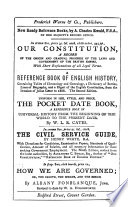 | Francis Walkingame - 1868 - 154 pages
...same denomination by reduction, as also the third term to whatever denomination may be convenient. Multiply the second and third terms together, and divide by the first ; the quotient will be the answer, in the same denomination as the third term. PROOF. — As the third term is to... | |
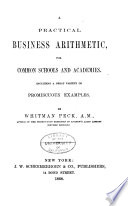 | Whitman Peck - Arithmetic - 1868 - 304 pages
...its lowest terms, or cancel any factor common to the first lerm and either the second or third. Then multiply the second and third terms together, and divide by the first. Compound Numbers must be reduced to the lowest denomination mentioned, and the first and second terms... | |
| |